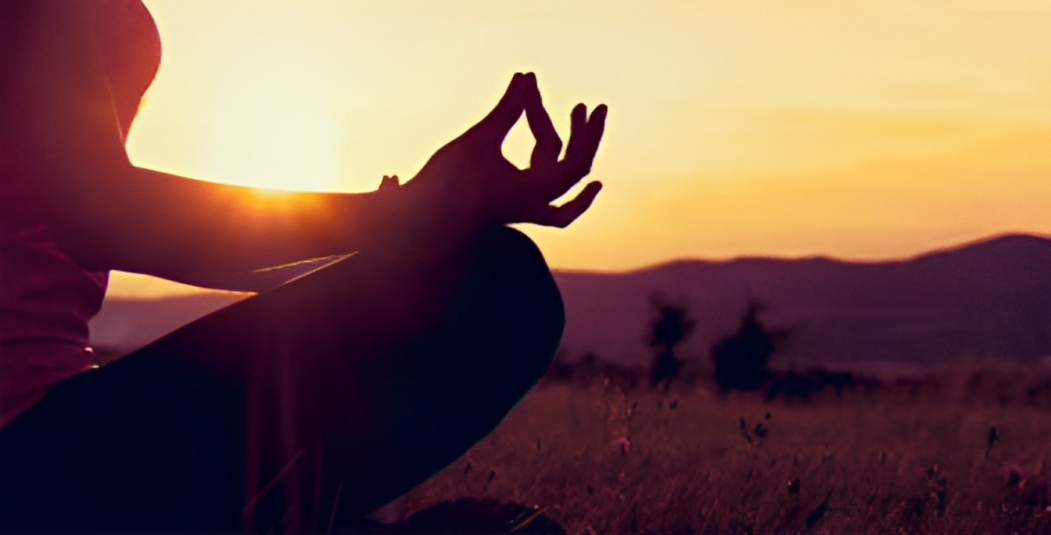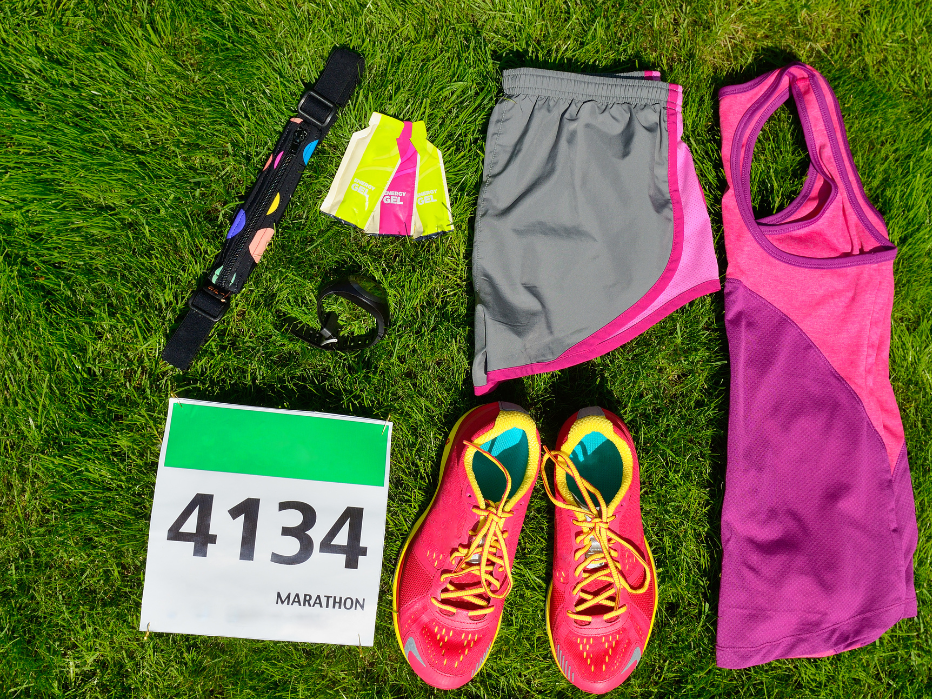Yoga, its history and why it is essential
Date
Duration
6 min read

Over the number of years, yoga practitioners have increased. Today, doctors have also started recommending yoga along with medications and many people have witnessed the miraculous changes due to regular yoga practice.
So what is the history of Yoga and how it did originate?
Yoga is derived from the Sanskrit word “Yuji,” meaning yoke or union. The science of yoga is believed to have originated thousands of years ago. Long before the first religions or belief systems were born in India. Its practice started with the dawn of civilization. Lord Shiva is believed to be the Adi Yogi or First Yogi.
In the Indus valley civilization, stone-carved figures of original yoga postures and practices can be found. Yoga was originally developed to achieve harmony between the heart and soul. With time, practical benefits of yoga including cures to many diseases like diabetes and high blood pressure, and relief from physical injuries and chronic pains were discovered.
What is the philosophy of yoga?
The main philosophy of yoga is simple, it says that the mind, body, and spirit are all one and cannot be separated.
Levels of one’s body, mind, emotion, and energy are worked by Yoga. By this, four broad classifications of yoga have risen,
- Karma Yoga - utilization of body
- Bhakti Yoga - utilization of emotion
- Gyaan Yoga - utilization of mind and intellect
- Kriya Yoga - utilization of energy
What are Yoga Sutras?
The Sanskrit word Sutra means “threads” of wisdom. The Yoga Sutra is widely regarded as the authoritative text on yoga. It is a collection of aphorisms that outlines the eight limbs of yoga. They offer guidelines for living a meaningful and purposeful life.

What are the benefits of Yoga and meditation?
Yoga includes breathing exercises, meditation and poses designed to encourage relaxation and reduce stress. Regular Yoga practice, provide physical and mental health benefits. Most of these benefits are also backed up by science.
Mental, Psychological Benefits of Yoga and Well-being
Yoga for Schizophrenia
Yoga is feasible and effective as an add-on therapy for schizophrenia. A combination of asanas and pranayama is proved to be useful. By meditation, the psychotic symptoms and depression can be treated which in turn improves the thinking abilities, increases the quality of life and also produces bodily changes such as increased Oxycontin levels in reference to neurobiology.
Yoga for Depression
Serotonin is an important chemical that is believed to play a major role in happiness, which is why it plays a major role in the treatment of depression. As an exercise, yoga is a natural way to increase serotonin production. Yoga can encourage you to have a positive outlook on life by calming the body and mind. Yoga focuses on deep breathing and stretching your body which is effective for relieving the symptoms of depression, such as sleep troubles, pain, and a loss of energy.
You might be wondering if yoga can help with anxiety and panic attacks and the answer is YES!
Yoga for Stress
Yoga can be very effective in developing coping skills and reaching a more positive outlook on life. Stress leads to many problems like back or neck pains, sleeping problems, headaches, drug abuse and inability to concentrate. All these problems can be effectively solved.
Yoga for Boosting Memory
Yoga isn’t only good for your body, but it may help boost your memory too. It improves memory because it involves chanting and visualizations, which may strengthen certain verbal and visual skills, and also improve overall awareness and attention.
Yoga for Insomnia - Sleep Disorder
Yoga can provide relief from the hustle and bustle of modern life. Another by-product of a regular yoga practice is better-sleep. As a result, you'll be less tired and stressed and less likely to have accidents.
Yoga promotes healthy eating
Along with regular yoga practice, healthy and mindful eating is necessary, not only to obtain the desired results but also to have more energy and remain motivated to spend more hours doing vigorous physical activity and have an active lifestyle.
Yoga to enhance fertility
Yoga helps reduce stress, which is a proven factor that affects fertility. Some experts also believe that specific upside-down yoga poses can help promote baby-making. Want to get pregnant? Try fertility yoga !!! It increases blood flow to your pelvis, stimulating hormone-producing glands, and releasing muscle tension.
Yoga gives relief in PTSD
People who are suffering from post-traumatic stress disorder (PTSD), their body is so overloaded with stress hormones that all it can do is keep itself in this heightened state. Sounds sad right? But don’t worry, because breathing exercises in yoga is a natural tool to self-regulate and calm down their bodies without medication. Sometimes even the therapists helping patients of PTSD use the yoga class as a way to watch the way their patient handles stress. Yoga also gives them an allowance to experience flashbacks or whatever needs to come up, to welcome negative thoughts, habits, and emotions without freaking out and knowing it will pass.
Yoga helps you keep drug free
The day you realize that your closet of medicine looks like a pharmacy, is the day you’ll know that should start Yoga. people with asthma, high blood pressure, Type II diabetes that is usually found in middle-aged adults and obsessive-compulsive disorder have noticed that yoga helped them lower their dosage of medication and it even helped them to get rid of it completely. The benefits of taking fewer drugs? Less money will be wasted, less likely to suffer side effects and reduced risk involved with drug interactions.
Physical benefits of Yoga
Yoga improves flexibility
One of the first benefits of yoga is flexibility. Though it's a gradual process, you won't be able to touch your toes in the first few days but you’ll start noticing a gradual loosening and at the end of the day, impossible poses will become possible.
Yoga for body balance
Yoga has definite results on your body balance. Improved balance and flexibility mean less back pain and knee problems. This also means for the elderly that they can have a delay from admission to a nursing home or never entering one at all!
Yoga helps to increase your strength
Strong muscles do not only make you look good but they also protect you from conditions like back pain and arthritis. It also helps against falls in elderly people. When you do Yoga, you also gain flexibility that complements your strength.
Yoga helps to increase your core strength
Yoga includes many sitting and standing poses. Core muscles help to support and maintain each pose. This develops core strength and core strength improves your body posture; you stop slouching or slumping.
Fun facts!
Have you heard that when you’re happy, you glow differently? Well, yoga makes you healthier, happier and your skin brighter! With this, you will also want to know that yoga helps to fight against different skin problems.
Yoga and meditation help people that are struggling to quit smoking, drinking or any kind of substance abuse.
Yoga also helps when you’re having a hangover or jet lag!
This article is written by the TRUEREVO editorial team. TRUEREVO makes functional sportswear for men & women & focuses on running, training & sports apparel. Check it out at https://www.truerevo.com/





